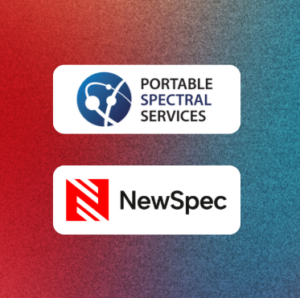
A Bright Future Ahead
Portable Spectral Services Announces Exciting Management Transition
Australia is the home to the world’s largest heavy mineral deposits containing titanium, zircon, and rare earth elements as well as heavy mineral concentrates (HMC) extracted from surficial sediments in alluvial, fluvial, glacial and wind environments.
Early-stage exploration and processing of heavy minerals utilises techniques such as gravity and magnetic separation to concentrate indicator minerals, including ore, accessory, and alteration minerals. Analysis of these concentrates is of the up most importance to identify exploration targets (e.g., diamond, Cu, Ni, REE, Au), evaluate the economic viability of a deposit and determine the petrogenesis of a system. Portable Spectral Services (PSS) is using cutting edge technology and new analytical methods to address the key challenges in assessing HMC’s.
Micro-XRF is an emerging instrument, that uses high-performance small spot (<20 µm) XRF technology to assess elemental distribution of samples in a 2D area. PSS has developed semi-automated analytical methods using micro-XRF to allow for high-resolution (<200 µm) quantitative mineralogical and chemical analysis of HMC’s. This method allows for rapid, non-destructive reproduceable testing of high-value concentrate samples. By scanning these samples “as received” with the micro-XRF, you have access to their chemical DNA and can use this data to obtain whole sample chemical quantification for up to 42 elements (from O6 – U92), as well chemical quantification pixel by pixel for more in-depth interpretation. The mineralogy software provides mineral identification and quantification, with the ability to detect minerals down to 10 grains per million. The outputs can also include mineral size distribution and liberation, mineral chemistry, and mineral quality.
The utilisation of this method increases the quality, accuracy, and reproducibility of HMC identification and enables explorers to rapidly vector towards potential economic mineralisation, globally and cost-effectively.
For further information see our HMC brochure or email [email protected]
Figure 1 Micro-XRF scan of HMC showing 2D mapping of elemental composition
For more information on micro-XRF spectroscopy visit www.microxrf.com.au/. Learn more information on the Bruker M4 TORNADO micro-XRF.
If you are interested in having your own sample analysed by micro-XRF, contact Portable Spectral Services at [email protected]

Portable Spectral Services Announces Exciting Management Transition
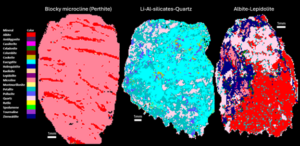
Our tool introduces uXRF (micro-X-ray fluorescence) scanning technology to RC chip analysis, enabling rapid, non-destructive, and quantitative analysis of major, minor, and trace mineral phases.
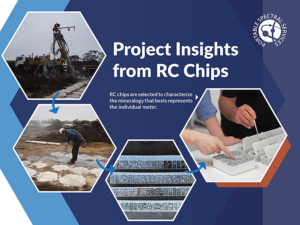
Automated micro-X-ray fluorescence (micro XRF) technology emerges as a powerful tool to rapidly and accurately capture the mineralogy of rock chip, RC and AC samples.

Findings of an ongoing regional evaluation study over concealed Proterozoic lithologies known to host magmatic nickel sulphides with potential to host other base-metal, gold and rare earth elements (“REE”) systems within the Fraser Range, Western Australia.
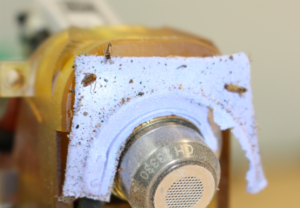
Findings of an ongoing regional evaluation study over concealed Proterozoic lithologies known to host magmatic nickel sulphides with potential to host other base-metal, gold and rare earth elements (“REE”) systems within the Fraser Range, Western Australia.
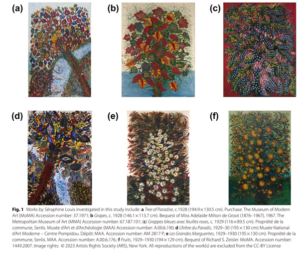
Findings of an ongoing regional evaluation study over concealed Proterozoic lithologies known to host magmatic nickel sulphides with potential to host other base-metal, gold and rare earth elements (“REE”) systems within the Fraser Range, Western Australia.
